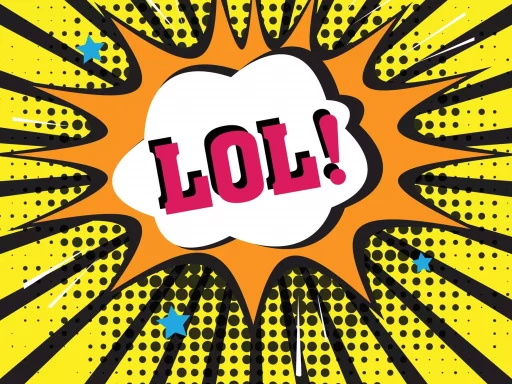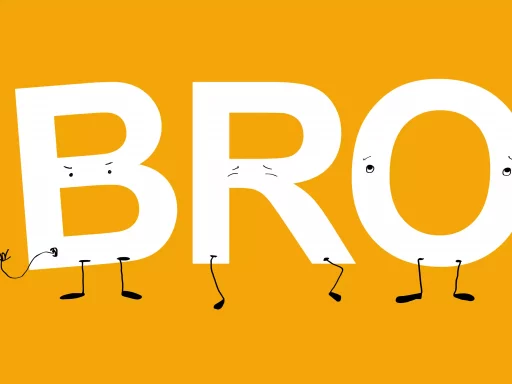Introduction
Slang is an evolving and often playful aspect of language that reflects cultural moods, social dynamics, and generational shifts. It serves as a means of communication that can foster identity among specific groups while creating barriers for those outside of them.
What is Slang?
Slang refers to informal, often unconventional words and phrases that are typically used in casual conversation rather than in formal writing. It usually reflects the environment, pop culture, or social group of its speakers. Slang can vary significantly from one region or community to another and can even evolve rapidly over time.
The Importance of Slang in Language
Understanding slang is crucial for several reasons:
- Cultural Reflection: Slang captures the zeitgeist of a particular group or time.
- Social Identity: Using slang can signify belonging to a particular social group.
- Generational Differences: Different generations use different slang, marking the cultural divides.
- Innovation in Language: Slang introduces new words and phrases that can enter the standard lexicon.
Examples of Popular Slang Terms
The landscape of slang is constantly changing, but here are some examples of popular slang terms and their meanings:
- Bae: An acronym that means “before anyone else”; often used as a term of endearment.
- Lit: Used to describe something that is exciting or excellent.
- Ghosting: Suddenly cutting off communication with someone, especially in dating.
- FOMO: Fear of Missing Out, often associated with social media experiences.
Case Study: Youth Slang and Its Evolution
The evolution of slang is most apparent among youth culture. A research study conducted by the “Language, Society, and Culture” journal in 2020 found that over 70% of teenagers use slang to communicate in day-to-day interactions. The study identified several key factors influencing this trend:
- Technology: Online platforms like Twitter, TikTok, and Snapchat promote rapid slang evolution.
- Peer Influence: Social circles strongly influence slang usage, as kids adopt the language of their friends.
- Media and Celebrities: Public figures and trends often popularize slang.
For instance, the term “flex” gained popularity when athletes and celebrities started using it to describe showing off wealth or success. This term originated from sports but found its way into everyday language through social media channels.
The Linguistic Perspective of Slang
From a linguistic standpoint, slang words often emerge as variations of existing words or as brand-new creations. Linguists analyze slang to identify how it serves various social functions, such as:
- Concealment: Slang can serve to exclude outsiders from specific group conversations.
- Creativity: It showcases linguistic creativity and adaptability.
The fluid nature of slang also means that many terms can become part of the formal language over time. The Oxford English Dictionary officially added several slang terms in recent years, including “selfie” and “hashtag,” as they became widely accepted and understood.
Statistics on Slang Usage
According to a 2021 survey by the Pew Research Center:
- Approximately 61% of American teens reported using slang in everyday conversations.
- 74% of respondents believed slang helps them express their identity better.
- Over 50% of teens feel that slang helps them make social connections.
Conclusion
Slang is not merely a collection of terms used in informal conversations; it is a rich, complex phenomenon that plays a vital role in communication. Understanding slang provides deep insight into cultural identities, social dynamics, and language evolution. As society continues to change, so will the slang that reflects it, making it an exciting area of study for linguists, sociologists, and anyone interested in the evolution of communication.






